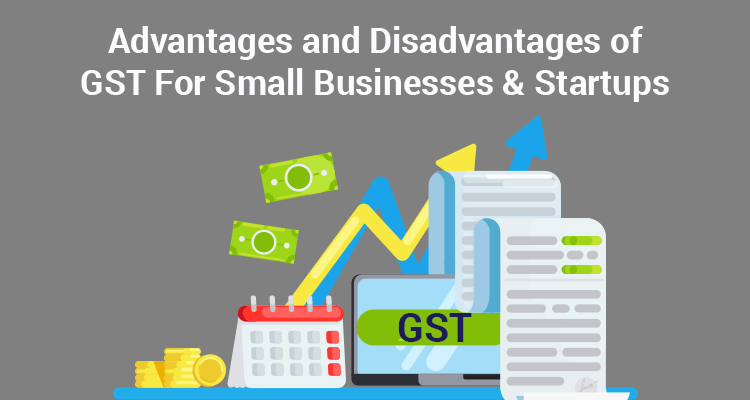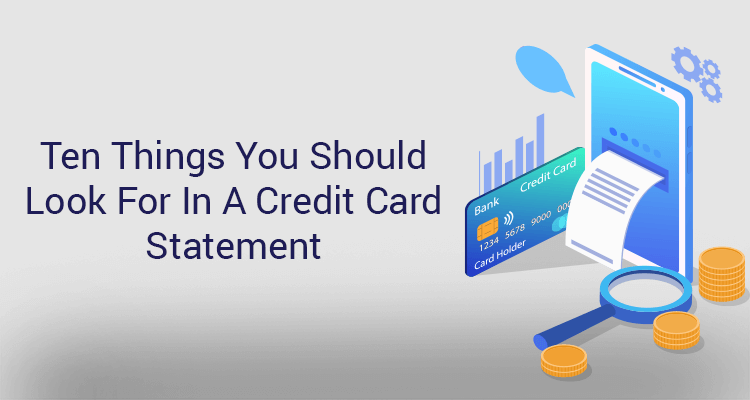Advantages And Disadvantages of GST For Small Businesses & Startups

Designed on the aspirational ideology of ‘One Nation, One Tax,’ the Goods and Services Tax is a comprehensive, indirect tax streamlining the core taxation infrastructure. GST significantly changed the Indian tax system by bringing multiple indirect taxes under one umbrella scheme. It eliminated VAT, service tax, excise duty, and other accessory taxes. This helped to bring more people under the tax regime and remove ambiguity in the system.
One of the most striking features of GST is that it is a multi-stage and destination-specific tax liability. Production of goods involves multiple levels, and there is some value addition at each level. The government imposes GST only on the value added at each production level. The tax liability arises at the consumption point, i.e., where the produced good is sold. GST helped startup firms to flourish by promoting concepts such as ease of doing business, swift cross-border payments, etc.Advantages Of GST For Small Businesses & Startups
• GST Resolves The Problem Of ‘Tax on Tax’
Tax on Tax or the cascading effect on tax has been a significant issue within the Indian tax ecosystem. Under this arrangement, authorities collect tax at each level. Here, the tax liability at the next production level includes the taxes collected in the previous stage. This inflates prices because a consumer has to carry the burden of multiple taxes.GST uses the Input Tax Credit system to remove the cascading effect. It improves tax processing and reduces the price of goods and services, benefitting small and medium business entities.
• Simple Tax Filing and Registration
Through online procedures, GST made tax registration and filing convenient for individuals and firms. Corporate entities, especially startups and small and medium businesses, have benefited from digitalisation. These entities no longer have to visit several departments to comply with tax regulations. GST ensures transparency at all stages.• GST Composition Scheme
The composition plan allows small taxpayers to pay GST at a fixed turnover rate and avoid GST formalities. The traders need to fill GST CMP-01 form to get access to the composition scheme. Taxpayers who are eligible to apply for the GST composition scheme are:• Those whose yearly turnover is up to INR 1.5 crore in one financial year.
• This limit is INR 75 lakhs for special category states. For J&K and Uttarakhand, the turnover limit is INR 1 crore.
• Regular taxpayers can also apply for the GST composition scheme if 10% of their annual turnover is in the form of service.
Disadvantages Of GST For Small Businesses & Startups
• Extra Software Costs
Firms need to buy GST-supported or other accounting software to manage GST payments. It adds to capital expenditure. Due to limited capital, small firms and startups find it difficult to invest in such purchases.• Rise In Operational Costs
To comply with the GST guidelines, small business owners and entrepreneurs must resort to tax professionals, pushing operational costs further. Additionally, it becomes essential to equip their employees with GST norms, thereby increasing overhead expenses.• Increased Burden On Taxpayers
One of the most common disadvantages of GST is that it compels businesses to register their firms on the GST portal of every state where they work. Maintaining invoices, GST records, and submitting returns in each state can be tedious for businesses already burdened with many administrative commitments.Conclusion
The introduction of GST has wholly transformed how the indirect taxation system in India works. The pros of GST certainly outweigh its cons, making it one of India’s most impactful tax reforms. With GST, the government strategically established a more liberal, open, and transparent tax system favouring startups and small-scale and medium-scale firms.FAQs:
Q1. What is the primary objective behind GST?
Ans. The main objective behind the GST introduction was to bring the unorganised sector under the tax system.
Q2. How many returns are there under the GST regime?
Ans. There are 13 distinct returns under the GST protocol. The taxpayers file returns depending on the category to which they belong or the type of registration they have obtained.
Disclaimer : The information in this blog is for general purposes only and may change without notice. It does not constitute legal, tax, or financial advice. Readers should seek professional guidance and make decisions at their own discretion. IIFL Finance is not liable for any reliance on this content. Read more



